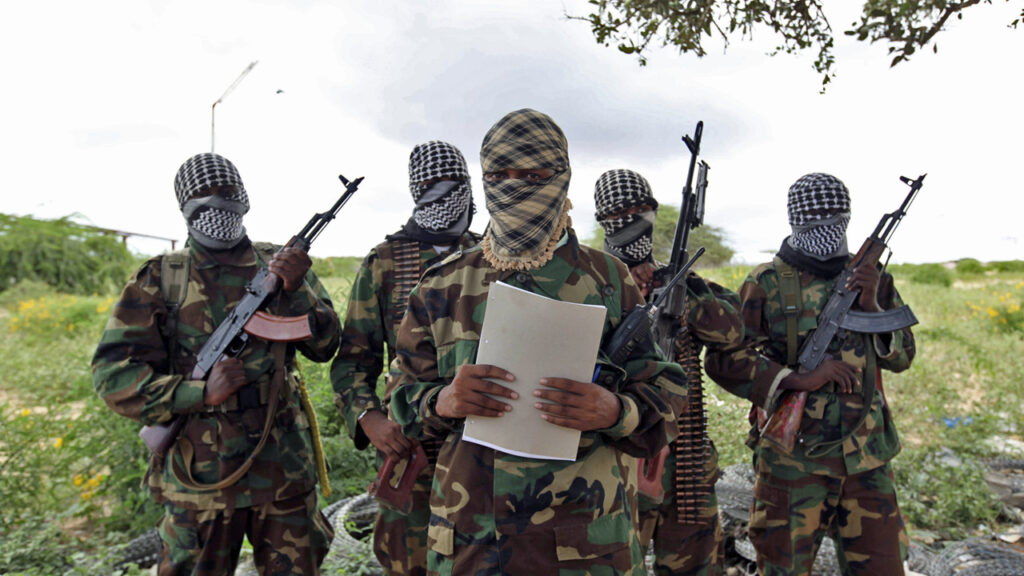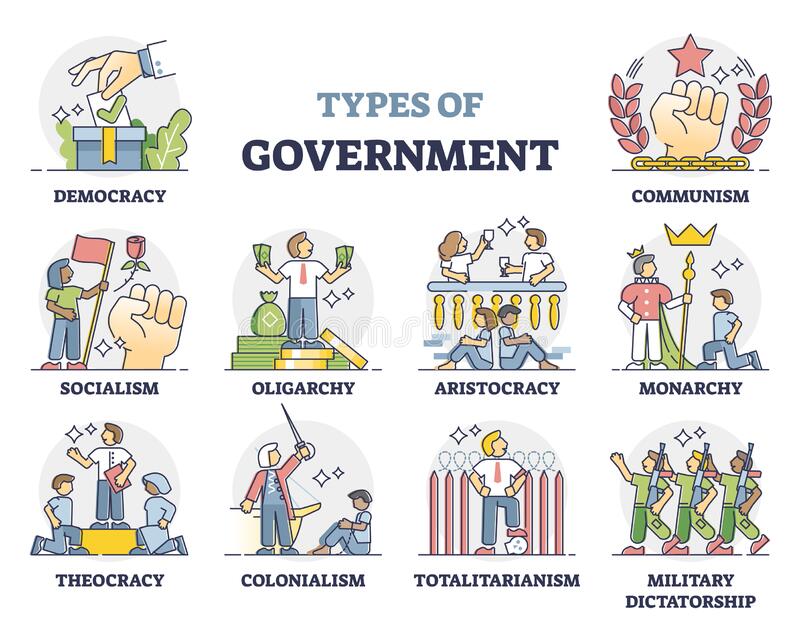We all know that countries have geographical, governmental, religious, and other differences between each other. We may not know the countries where the ongoing domestic and international conflict and the extent of militarization have considered the most dangerous countries in the World.
Before we travel or migrate, there are some dangerous countries we need to know about.
Even if there is a war or conflict happening in the countries that we try to leave as soon as possible, we all do not want war or conflict in the countries. Many are stuck and risk their lives in these dangerous countries.
Below are the list of the most dangerous countries in the world 2021 in no particular order:
The Central African Republic

The CAR is a landless country between South Sudan to the east and Cameroon to the west in Central Africa. The total area is 622,984 km2 while the total population of the Central African Republic is 4,666,368. Bangui and the official language are French. Sango is the capital of the Central African Republic.
The main ethnic groups are Baggara Arabs, Baka, Banda, Bayaka, Fula, Mbaka, Yakima, Yulu, and Zande. There is 89,5% of Christianity.
There are numerous violent crimes, including armed robbery, murder, and aggravated batteries, and armed groups that abduct, kill civilians, and injure large parts of the country are controlled.
A civil war is ongoing that involves the government and rebels from the sleek. There is the Central African Republic. The CAS is the ninth largest non-peace country with a score of 3,237 GPI, according to the Global Peace Index.
The Democratic Republic of the Congo

The DRC, a Central African country sharing a border with Rwanda, the CA Republic and Burundi, is a country located in Central Africa. DR Congo has a total area of 2,345,409 km2, the second-highest in Africa, totaling more than 84 million people.
Kinshasa is the capital of the DRC, with the official languages of French, Lingala, Kikongo, Swahili, and Tshiluba. The official language is French. The religions are mainly Christian, Catholic and other religions.
In 2008, more than 5.4 million people died of famine, disease and war in the Congo. The major cause of the list in less peaceful countries is violent crimes such as armed invasion, assault, robbery, and lack of resources for effective police response to crime.
In 2021, the Democratic Republic of Congo was ranked 8th out of eight rankings as the least peaceful country with a GPI score of 3.243, according to the Global Peace Index.
Libya

Libya is a North African country in the Maghreb bordered by eastern Egypt and Western Algeria.
Libya has a total area of 1,759,541 sq km and 6,871,287 people. The Libyan capital is Tripoli and the official language is Arabic. Libyan Arabic is also the spoken language.
Arab-Berber are the main ethnic groups and Islam is the majority religion here. In the Libyan Civil War, more than 25,000 people were killed, including soldiers, children, women, and journalists.
The main cause of the war in Libya is considered to be Mu’ammar Gaddafi, murdered by Libyans who broke and began the war by uniting forces against the former dicatator.
Libya is on the seventh list with a GPI score of 3,258 of the top ten dangerous countries worldwide in 2021. The LIFG was the largest armed Islamist group in Libyan territory.
Somalia
 Somalia is a Horn of Africa country which runs from Somalia to the East and Ethiopia to the West, and the Guardafui channel.
Somalia is a Horn of Africa country which runs from Somalia to the East and Ethiopia to the West, and the Guardafui channel.
In Somalia, the total area is 637,657 square kilometers and 15,893,219. Mogadishu is Somalia’s capital city and Somali and Arabic are the official languages.
The Federal Parliamentary Republic is mainly Islamic and is the government of Somalia. According to the Global Peace Index score of 3,302, published in 2021, Somalia is the sixth most dangerous country in the world.
Terrorist attacks take place in Somalia, mainly at Mogadishu International Airport, restaurants, hotels, and government buildings with the greatest possible crowd.
Roughly 50,000 people have been killed, according to Necrometrics, since the civil war began in 1991. Because of the lack of efficient police forces, the main reason why Somalia appears on the list of the most dangerous countries is unstable governance and security.
Yemen

Yemen is a country at the southernmost tip of the Arabian Peninsula in Western Asia, bordering Saudi Arabia and Oman. The total population of Yemen is 28,498,683, and the total area is 527,968 square kilometers. The capital of Yemen is Sana’a, and is mainly home to the Muslim religion. The ethnic groups in Yemen are Arabs, Somalis, Afro-Arabs, Indians, Pakistanis, and others. Yemen’s official language is Arabic..
In 2015, a civil war broke out in Yemen between two groups: the Houthi armed movement and the government led by Abdrabbuh Mansour Hadi. 4.3 million people are displaced from their homes. According to ACLED, over 100,000 people have died in Yemen, including more than 12,000 civilians. Because of all these wars and terrorism, Yemen is ranked 5th in the GPI with a score of 3411 and is considered one of the 10 most dangerous countries in the world in 2021.
South Sudan

South Sudan is a landlocked country in eastern Central Africa, located between Ethiopia to the east and the Central African Republic to the west, with Kenya, the Central African Republic and Uganda sharing a border. The total area of South Sudan is 619,745 square kilometers, with a total population of 12,778,250, and the capital is Juba. There are many religions living here. Most of them make up about 60.5% of Christians, 6.2% of Muslims and 0.4% of others. The languages spoken in South Sudan are Juba Arabic, English, Shilluk, Nuer, and other languages, including English and Swahili as the official languages of the Global Peace Index (GPI).
Announced in 2021, South Sudan ranks fourth in the ranking. 3447 GPI. Violent crime is widespread, including robbery, robbery, car theft, kidnapping, civil unrest and ongoing conflict, making South Sudan one of the most dangerous countries in the world. Approximately 40,000 people died in the war in South Sudan, and terrorism was introduced by Osama bin Laden and others through the construction of training camps and the creation of companies. The reasons for the conflict in South Sudan include inter-ethnic tensions, power struggles between President Salva Kiir and opposition leader Dr. Riek Machar, and the management of oil resources.
Iraq

Iraq is a state in Western Asia, located between eastern Iran and Syria in the west, and its capital is Baghdad. The total area of Iraq is 437,072 square kilometers, with a total population of 38,433,600, and a GDP of $250,070 billion. Most religions live here-Islam, 1%-Christianity and others. The official languages are Arabic, Mandai, Shabaki, Persian, and Kurdish. The government is a federal parliamentary constitutional republic. There are internal and external conflicts in Iraq, including terrorist attacks and other attacks.
The Islamic State of Iraq (ISIS), the Islamic State of Iraq and Syria (ISIS), are the most important terrorist groups in the world, and the most dangerous terrorist groups in the world are in Syria. ISIS continues to capture and kill Iraqi civilians and military forces. The U.S. military has also killed 4,424, 206,107 and 110,600 in violence as of 2019.
Currently there is an ongoing conflict between Shiites, Sunnis and Kurds over control of urban security as the country’s national resources lead to many wars. According to the GPI, Iraq will become the third most dangerous country in the world this year with 3487 GPI points.
Syria

Syria is a state in Western Asia located between Iraq in the east and the Mediterranean Sea in the west. The total area of Syria is 185,190 square kilometers, the total population is 17,500,657 people, and the GDP is $50.28 billion. The capital of Syria is Damascus. 87% of Muslims, 10% of Christians and 3% of friends live here.
Syria is the second most dangerous country in the world according to the 2021 Global Peace Index, with a score of 3539. An estimated 55,000 children, 470,000 children were killed in the conflict in Syria. The Syrian Civil War is a civil war that has been going on since the 1980s. There has been an increase in the number of radical Islamic groups such as Al-Qaeda, ISIS, and a group associated with Al-Nusra in Syria. In total, 40 thousand people died in the war, of which 652 children died in 2016, which is more than in any other year of the civil war.
Afghanistan
 Afghanistan is a landlocked country located between Pakistan to the east and Iran to the west. The total area of Afghanistan is 652,237 square kilometers and the total population is 37.17 million. The capital of Afghanistan is Kabul, the official languages of which are also Pashto and Dari. 99.7% of the population are Muslims. 0.3% of representatives of other religions live here. Afghanistan is at the end of the Global Peace Index at 3644, the highest in the country, making it the least peaceful or most dangerous country in the world.
Afghanistan is a landlocked country located between Pakistan to the east and Iran to the west. The total area of Afghanistan is 652,237 square kilometers and the total population is 37.17 million. The capital of Afghanistan is Kabul, the official languages of which are also Pashto and Dari. 99.7% of the population are Muslims. 0.3% of representatives of other religions live here. Afghanistan is at the end of the Global Peace Index at 3644, the highest in the country, making it the least peaceful or most dangerous country in the world.
Afghanistan has been the target of various attackers, and Afghanistan’s weak legitimate government, along with massive corruption, has led to the emergence of a large Muslim insurgent group such as the Taliban. Afghanistan has more wars and terrorist attacks than any other country, making Afghanistan one of the top 10 most dangerous countries in the world.
RECOMMENDED READ
















 Togo is one of the smallest nations in Africa in the West African nation. After World War I, the country was under colonial French rule. During the colonial period, French authorities controlled the country’s foreign relations, defense, and finances. Togo has adopted a French governance system with three governmental branches. Togo became a separate state on April 27, 1960. The French governance structure was maintained and its first constitution in 1961 was adopted.
Togo is one of the smallest nations in Africa in the West African nation. After World War I, the country was under colonial French rule. During the colonial period, French authorities controlled the country’s foreign relations, defense, and finances. Togo has adopted a French governance system with three governmental branches. Togo became a separate state on April 27, 1960. The French governance structure was maintained and its first constitution in 1961 was adopted.




